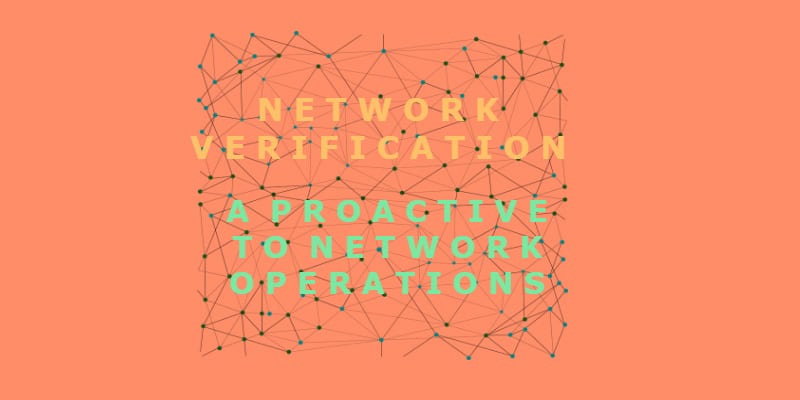Network Verification: A Proactive Approach to Network Operations


Network monitoring has become a standard practice in most businesses. The tools provide network teams with critical insights into performance as well as the ability to detect any rogue access points that may find themselves on the network. However, there’s a new network technology that’s beginning to turn heads; Network verification.
For those of you who might not be be clued in on the technology, we’ve rounded up the what’s what in the Network Verification, and why your business may want to consider it.
What it does:
While network monitoring takes a good look at what is and has happened on a network, it’s not very good at looking at the long term goals of a network. That’s where network verification comes in. This technology takes a look at where network teams want the network to be, and then provides the steps need to be taken to get there. Verification analyzes the network state verifies if the network will behave as expected. Additionally, while network monitoring allows teams to look at a few packets, network verification allows teams to take a look at all possible behaviors.
A Proactive Problem Solver
With the capabilities mentioned above, it might not be quite clear how your organization will actively see improvements in your network.
Because network monitoring may not be able to understand that some network traffic may violate established rules. Verification systems on the other hand have network rules detailed meaning that they can observe all possible packet flows and then determine if they violate the rules. In other words, monitoring might only notice a significant problem after it has begun to affect users; verification understands network intents, predicts changes that could violate that intent, and takes the steps necessary to keep administrators from accidentally causing an outage.
For more on the differences between network monitoring and verification, check out the chart below, courtesy of Nilind Kulkarni.




















